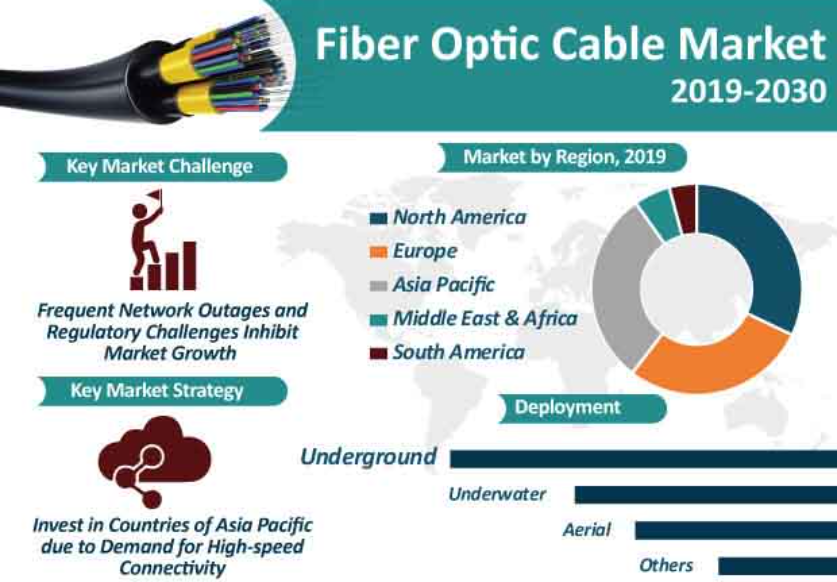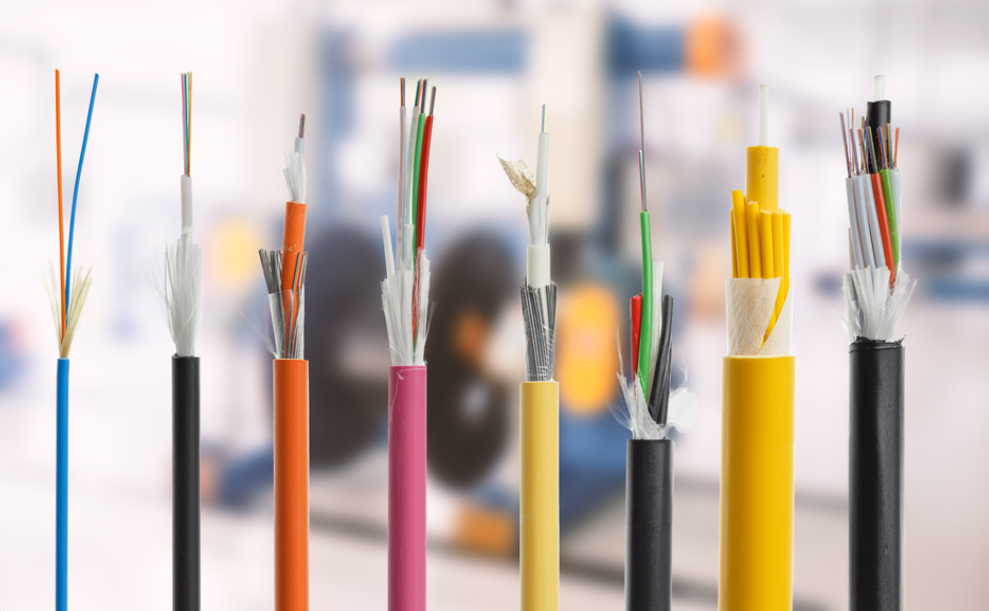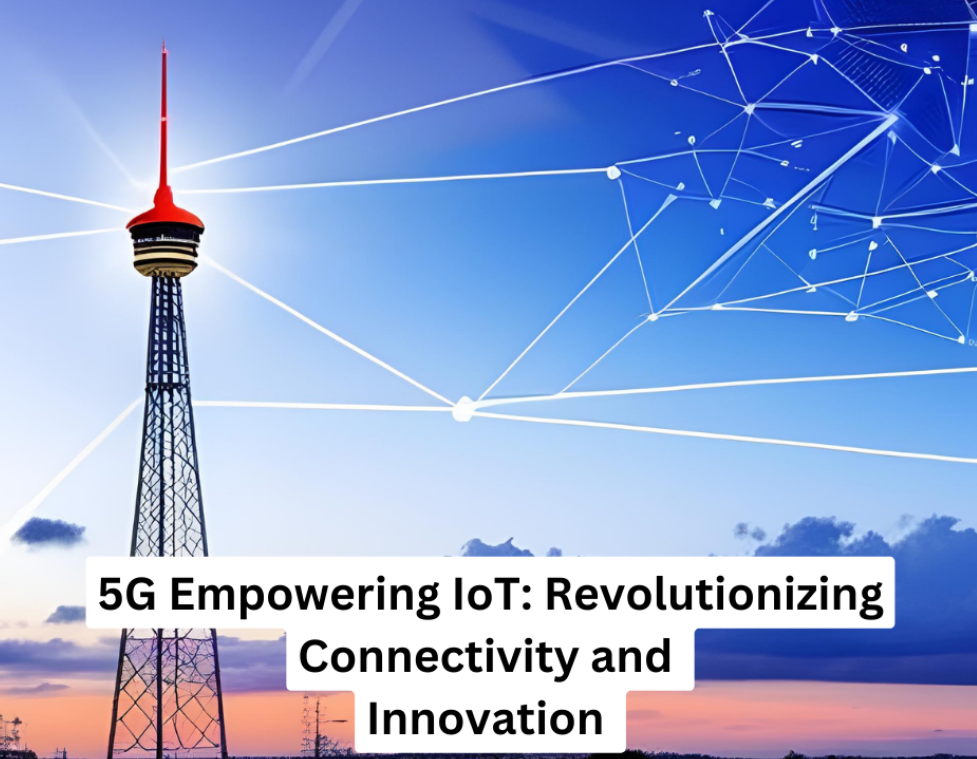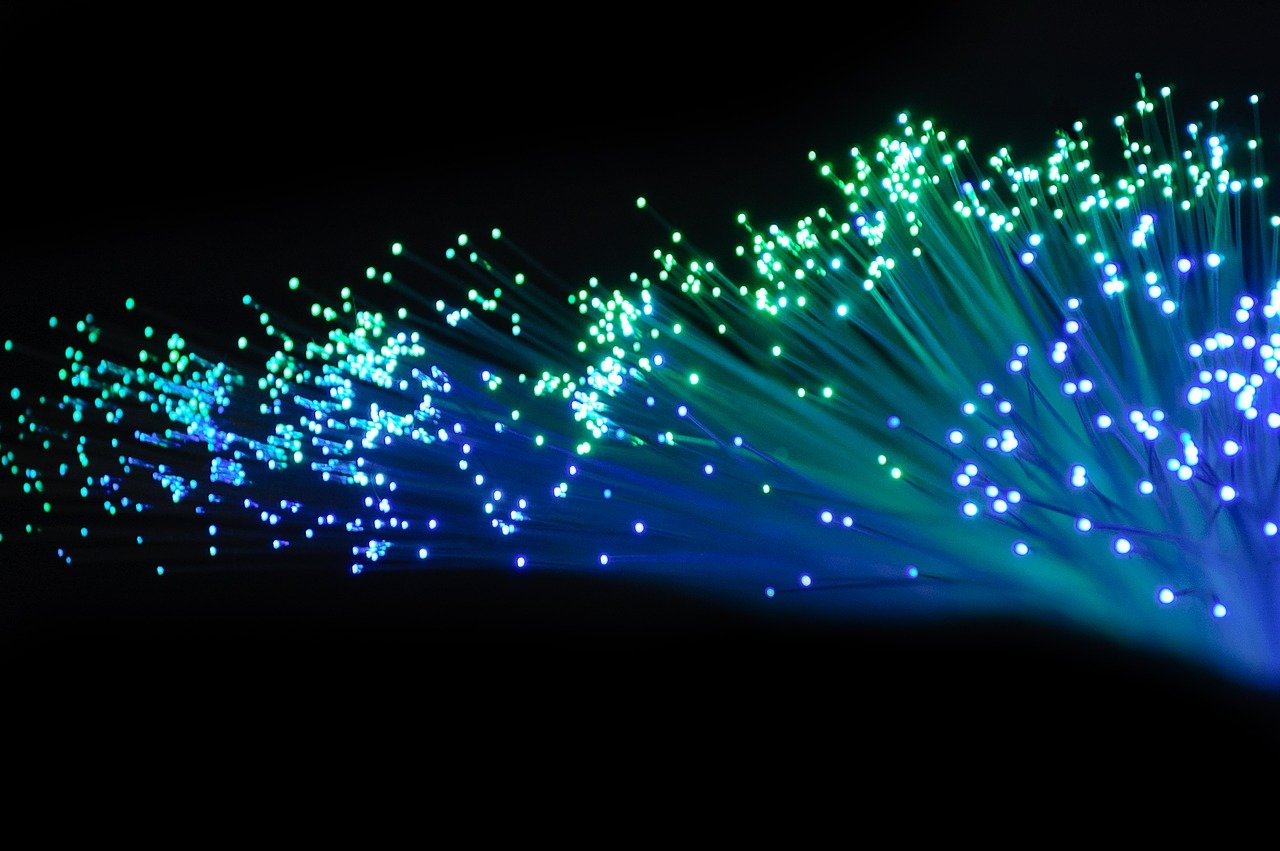The Future Prospects of Fiber Optic Cables

Unleashing the Power of Fiber Optic Cables
Fiber optic cables have emerged as a game-changer in revolutionizing internet connectivity. With their ability to transmit data at the speed of light, fiber optic cables offer unparalleled advantages over traditional copper cables. These thin strands of glass or plastic, also known as optical fiber cables, enable fast internet speeds and high bandwidth connections. By utilizing pulses of light to carry information, fiber optic cables ensure faster and more reliable data transmission, resulting in seamless online experiences. Whether it's streaming high-definition videos or engaging in online gaming, fiber optic cables provide the foundation for a fast and efficient internet connection. Embracing this advanced technology opens up a world of possibilities for individuals and businesses alike.
Revolutionizing Internet Connectivity
Fiber optic cables bring about a significant revolution in internet connectivity, offering numerous advantages over traditional copper cables. One of the key advantages is their unparalleled data transmission speed and reliability. Unlike copper cables that transmit data through electrical signals, fiber optic cables use pulses of light to carry information. This allows for incredibly fast data transfer rates, ensuring a seamless online experience with minimal latency.
Another advantage of fiber optic cables is their resistance to electromagnetic interference. Copper cables are susceptible to interference from nearby power lines or electronic devices, leading to signal degradation and slower speeds. In contrast, fiber optic cables are immune to such interference, allowing for consistent and reliable data transmission even in challenging environments.
The applications of fiber optic cables are vast and diverse. They enhance internet connectivity in homes and businesses by providing high-speed connections that can support multiple devices simultaneously. Whether it's streaming high-definition videos, engaging in online gaming, or conducting video conferences, fiber optic cables enable smooth and uninterrupted experiences.
Moreover, fiber optic cables play a crucial role in enabling bandwidth-intensive activities like cloud computing and data centers. These advanced technologies rely on fast and efficient data transmission for storing and accessing large amounts of information.

Transforming Industries with Advanced Connectivity
Fiber optic cables have the power to transform industries by providing advanced connectivity solutions. In the field of telecommunications, fiber optic cables enable faster and more reliable communication networks. Telecom companies rely on fiber optic infrastructure to deliver high-speed internet and voice services to their customers. The use of fiber optic cables supports the growth of mobile and internet service providers, allowing them to meet the increasing demand for data-intensive applications.
In healthcare, fiber optic cables play a crucial role in facilitating telemedicine and remote patient monitoring. These technologies rely on fast and secure data transmission for virtual consultations, remote diagnostics, and real-time patient monitoring. Fiber optic cables enhance medical imaging and diagnostics by enabling high-resolution imaging techniques such as MRI (Magnetic Resonance Imaging) and CT (Computed Tomography) scans. This allows healthcare professionals to make accurate diagnoses and provide better patient care.
Moreover, fiber optic cables are essential for transmitting large amounts of medical data securely between hospitals, clinics, and research institutions. This enables collaboration among healthcare professionals worldwide, leading to advancements in medical research and treatment options.
Empowering the Future: 5G and IoT
Fiber optic cables play a crucial role in empowering the future of technology, particularly in the realms of 5G and the Internet of Things (IoT). In the context of 5G, fiber optic cables support the massive data requirements of fifth-generation networks. As 5G promises faster speeds and lower latency, fiber optic cables provide the necessary infrastructure to handle the increased data traffic. These cables enable ultra-low latency, allowing for real-time applications such as autonomous vehicles, remote surgery, and augmented reality experiences.
In the realm of IoT, fiber optic cables provide the backbone for interconnected smart devices. With billions of devices expected to be connected in the coming years, fiber optic cables ensure efficient data transfer and communication between these devices. They offer high bandwidth capabilities that can accommodate the vast amounts of data generated by IoT devices. Whether it's smart homes, industrial automation systems, or smart cities, fiber optic cables enable seamless connectivity and reliable communication among interconnected devices.
The combination of 5G and IoT has far-reaching implications across various industries. From enabling smart factories with real-time monitoring to facilitating intelligent transportation systems with connected vehicles, fiber optic cables form an essential part of this technological revolution.

Bridging the Digital Divide for Economic Growth
Fiber optic cables play a crucial role in bridging the digital divide and promoting economic growth by expanding access to high-speed internet. One of the key challenges in today's digital age is the disparity between urban and rural areas when it comes to internet connectivity. Fiber optic cables help reduce this digital divide by bringing high-speed internet to remote and underserved regions, leveling the playing field and providing equal opportunities for education and economic development.
By extending fiber optic infrastructure to these areas, communities can benefit from improved access to online resources, e-learning platforms, telecommuting opportunities, and digital services. This not only enhances educational outcomes but also opens up new avenues for entrepreneurship and job creation.
The economic impact of fiber optic infrastructure is significant. Regions with robust fiber optic networks attract businesses and investments due to their reliable and high-speed internet connectivity. Companies require fast and stable internet connections for their operations, making digitally connected regions more attractive for setting up offices or data centers. This influx of businesses leads to job creation, stimulates innovation, and drives economic growth.
Moreover, fiber optic infrastructure fosters innovation by providing a solid foundation for emerging technologies such as artificial intelligence (AI), big data analytics, and cloud computing. These technologies rely on fast data transmission speeds and low latency, which are made possible by fiber optic cables.
Embracing the Fiber Optic Revolution
The future of internet connectivity lies in the power of fiber optic cables. With their ability to provide high-speed, reliable, and secure data transmission, fiber optic cables are revolutionizing the way we connect and communicate. As technology continues to advance and our reliance on fast internet grows, fiber optic cables will play an increasingly vital role in meeting our needs. From enhancing online experiences to transforming industries and bridging the digital divide, fiber optic cables are paving the way for a more connected and prosperous future. Embracing this fiber optic revolution is key to unlocking the full potential of high-speed internet and driving innovation across various sectors.
See Also
The Importance of Fiber Optic Cables in Subterranean Installations
Advantages of Water-resistant Fiber Optic Cables: OptiTap MPO Multimode OM3 IP68-rated
The Strength of ADSS Fiber Optic Dead End Kits in Cable Networks
Advantages of ADSS Fiber Optic Cables for Aerial Transmission Lines
Discovering the Advantages of Water-resistant Fiber Optic Adapters


